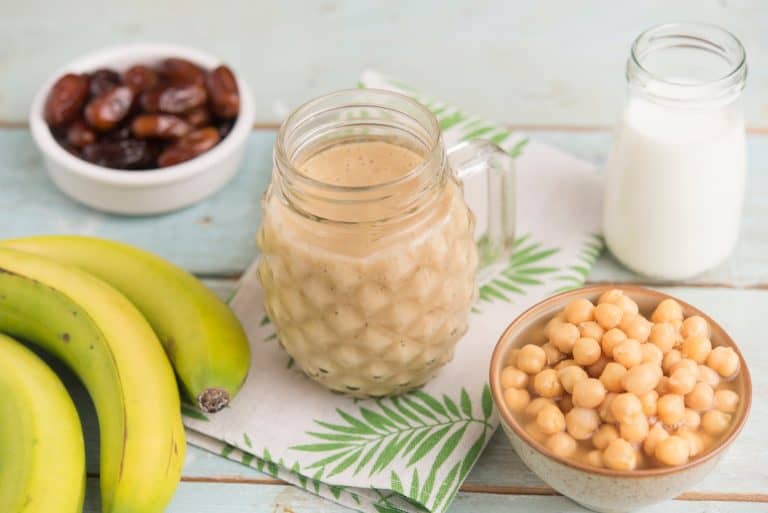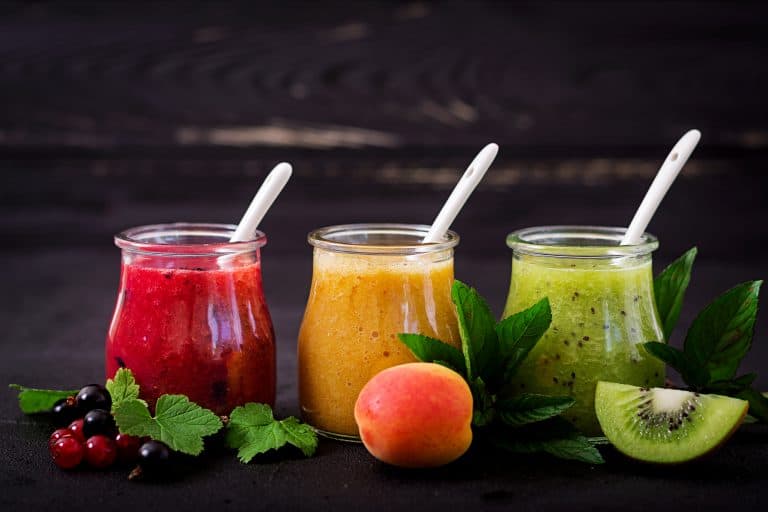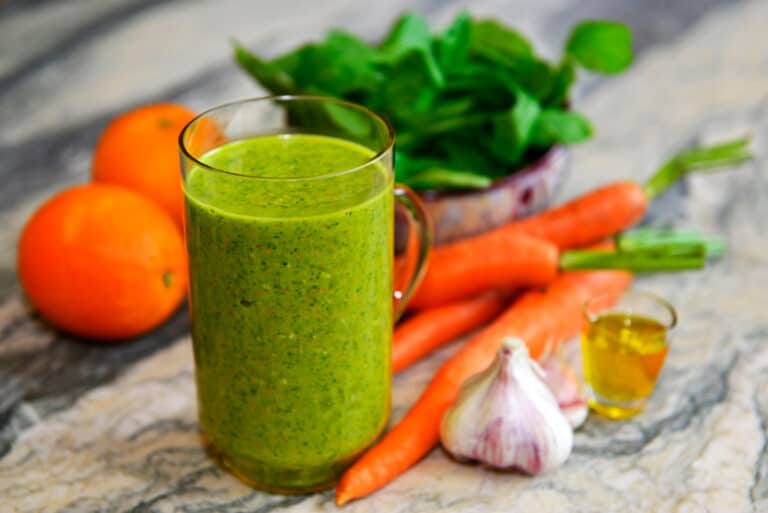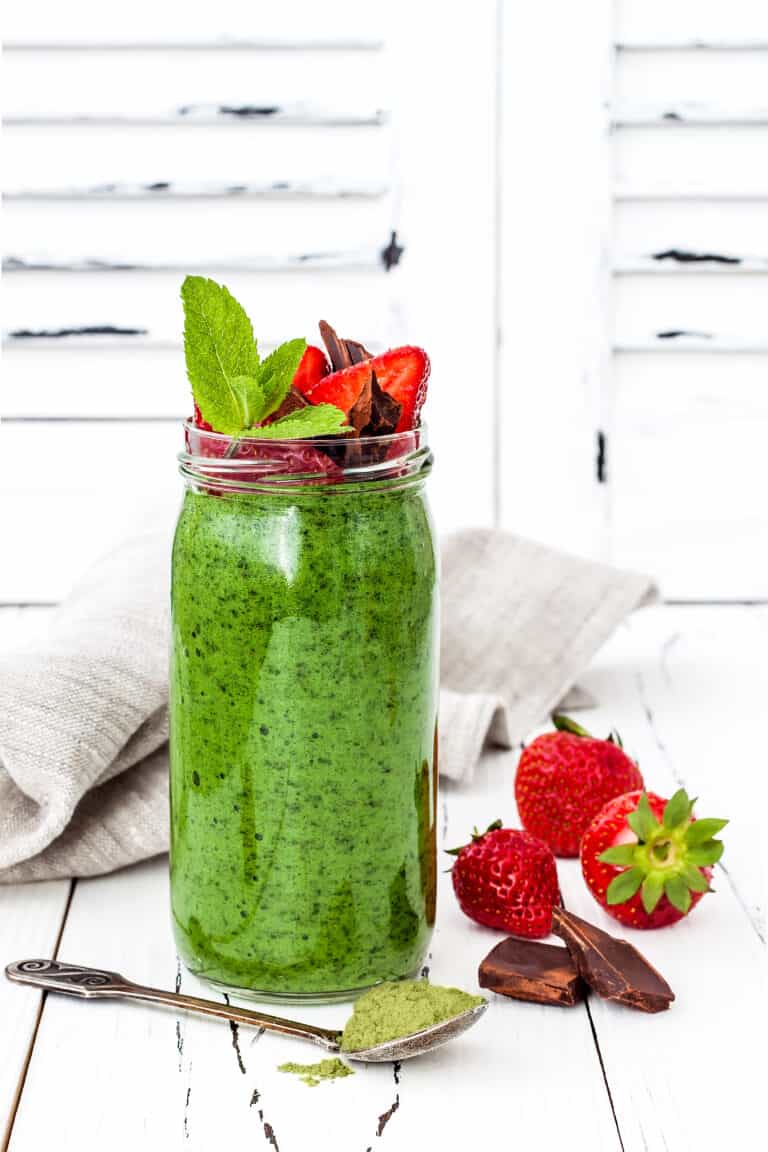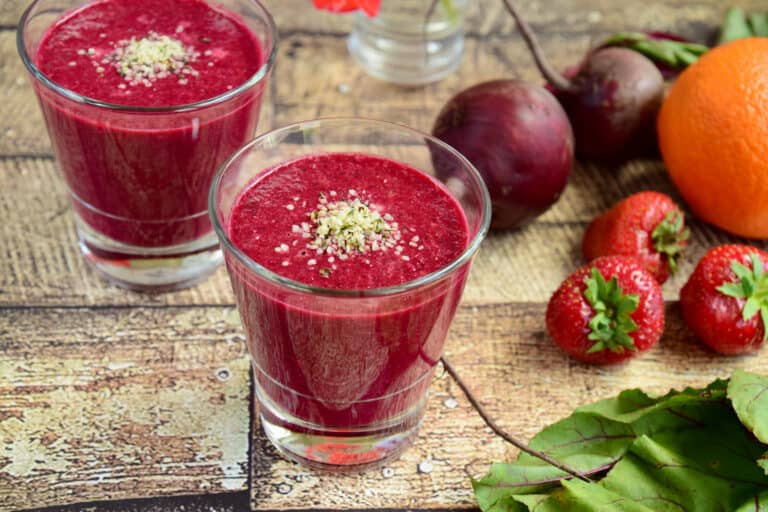How to Make Smoothies Less Foamy: Expert Tips
Disclosure: This post may contain affiliate links, meaning I get a commission if you decide to make a purchase through my links, at no cost to you.
Making the perfect smoothie can be an art, and one common issue you might face is ending up with a foamy texture. Today we are going to learn how to make smoothies less foamy.
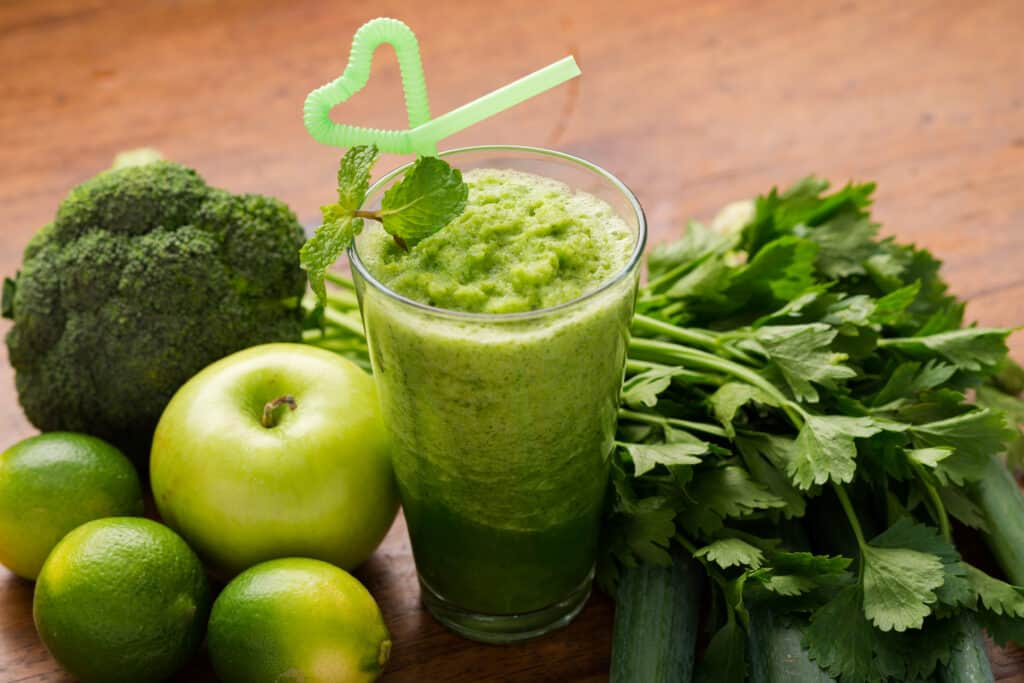
This foaminess in smoothies occurs when the cells of fruits, vegetables, and other ingredients get agitated during blending, releasing their contents into the surrounding liquid and creating foam. To enhance your smoothie-making experience, here are some tips on how to prevent that unwanted frothiness.
First, adjusting the order in which you add ingredients and controlling the blending speed can significantly impact the foaminess of your smoothie.
For instance, adding heavier ingredients like fruits and ice before blending works best at breaking down their cells smoothly, while starting your blender on a lower setting and gradually increasing the speed minimizes the chances of incorporating too much air.
Additionally, over-blending your ingredients can also result in foam formation, so it’s essential to find the optimal blending time for your mixture.
Keep these strategies in mind, and you’ll be on your way towards achieving perfectly smooth and foam-free smoothies every time.
Understanding Foam in Smoothies
Foamy Smoothie Factors
When making your smoothies, you may have noticed the presence of foam on top. This foam is caused by air bubbles that become trapped during the blending process. Depending on the ingredients you use and the blending methods, the amount of foam can vary.
Green smoothies and protein shakes are more likely to produce foam due to their combination of ingredients. The presence of foam can make your smoothie less enjoyable to drink, so it’s essential to understand the factors that contribute to foamy smoothies.
Main Reasons for Foam
- Blending too fast or too long: Blending at a high speed or for an extended period can cause more air to become trapped in the smoothie mixture, resulting in a foamy texture. To reduce foam, try blending your smoothie in short, fast bursts using the pulse button.
- Using unripe or overripe fruit: The ripeness of your fruit can affect the amount of foam produced. Ripe fruits will minimize the release of cellular contents into the liquid, resulting in less foam.
To make your smoothie less foamy, consider the factors mentioned above and adjust your blending techniques as needed.
Reducing Foam in Smoothies
Using the Right Ingredients and Ratio
Reducing the foam in your smoothies starts with selecting the proper ingredients and their ratios. Include leafy greens as they can contribute to a smoother consistency. Opt for ingredients like chia seeds, coconut oil, or nut butters for healthy fats that can reduce foaminess.
- Use ice cubes or frozen fruit for more cold, thicker smoothies
- Avoid using too much liquid; try almond milk or coconut water for less foam
- Keep an eye on fresh fruit as they can contribute to foaminess
Combining ingredients like Greek yogurt, peanut butter, or whey protein powder is a great way to boost the nutritional value of your smoothie while keeping the consistency thick.

Selecting a Good Quality Blender
A good quality blender can make a significant difference in reducing smoothie foam. High-powered blenders often come with variable speed options, allowing you to fine-tune the blending process for smoother concoctions.
Seek out a blender that has:
- Variable speed for better control
- Blender blades designed to minimize foaming
- Reliable power for efficient blending
Proper Blending Techniques
Applying proper blending techniques is crucial for a less frothy smoothie. Start by blending your smoothie on the lowest setting for a thicker result. Gradually increase the speed if necessary, but try to avoid blending at the highest speeds for too long as it may lead to excessive foam.
Be mindful of the following steps for a foam-free smoothie:
- Blend leafy greens and liquid together first
- Add softer ingredients like fresh fruits and yogurt
- Incorporate ice cubes, frozen fruits, or whey isolate for added thickness
- Blend on the lowest setting, increasing the speed as needed but always finishing on a lower speed
By employing these techniques, you will experience less foam in your smoothies, ensuring an enjoyable and refreshing treat that pleases your taste buds.
Common Foam-Causing Ingredients
Leafy Greens
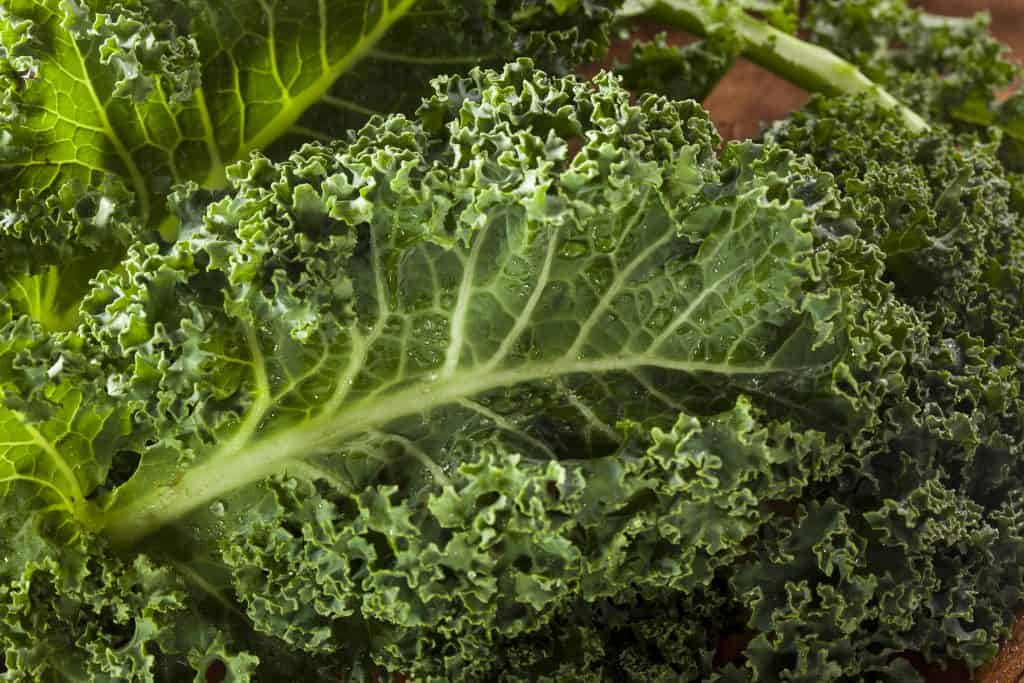
When making smoothies, you may notice that using leafy green vegetables can lead to a buildup of fibrous foam. This is because these vegetables, such as spinach and kale, contain high amounts of insoluble fiber. To reduce foam, consider using less of these greens, or blending them with a bit of cold liquid before adding the rest of your ingredients. This can help break down the fibers, resulting in a smoother, less foamy texture.
Protein Powder Types
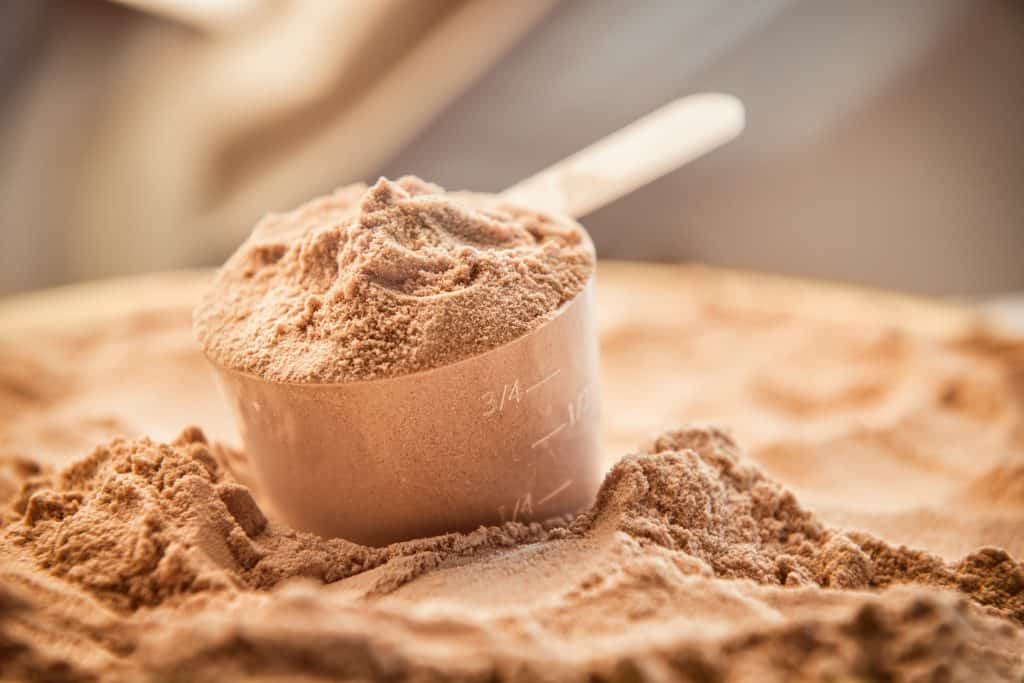
Some protein powder types, like whey protein concentrate and egg whites, can cause froth in your smoothies. Whey protein, in particular, can produce a significant amount of froth due to its emulsifying properties. For the best results, try using a protein powder with less foam potential, such as a plant-based option like pea or hemp protein. Mixing your protein powder with cold milk or water may also decrease the foam produced.
| Protein Powder Types | Foam Potential |
|---|---|
| Whey Protein Concentrate | High |
| Egg Whites | High |
| Pea Protein | Low |
| Hemp Protein | Low |
Fruits with Insoluble Fiber
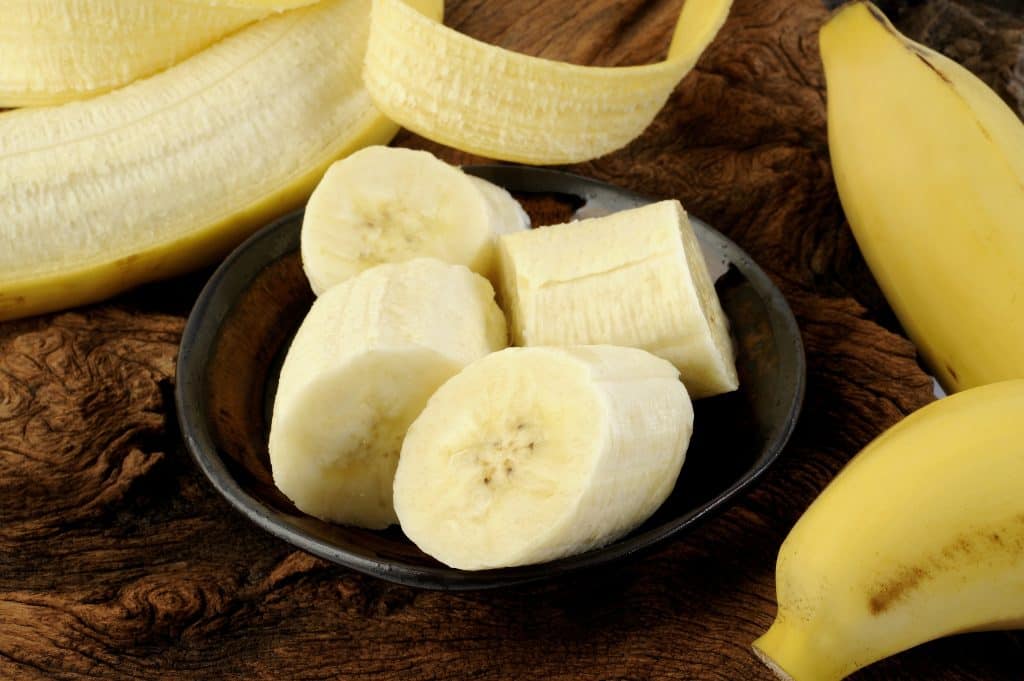
Fruits like bananas, mangoes, and strawberries contain high amounts of insoluble fiber, contributing to foam in your smoothies. To reduce the foamy texture, peel and chop your fruits into smaller pieces before blending, use frozen fruit, or use fruits with less fiber, such as avocado or cooked apples. Furthermore, taking these steps in the first place can lead to good results, making your smoothies less foamy overall.
Remember, the best way to avoid foam buildup in your smoothies is to:
- Use less leafy greens or blend them with cold liquid before adding other ingredients
- Opt for protein powders with lower foam potential, and mix them with cold milk or water
- Choose lower-fiber fruits or prepare them in a way that reduces their fiber content
By following these tips, you’ll be well on your way to enjoying smoother and less foamy smoothies.
Learn about the best smoothie ingredients here
Other Tips for Making Smoothies Less Foamy
Starting with Cold Ingredients
One of the main reasons your smoothies may be foamy is due to the temperature of your ingredients. Starting with cold ingredients can help reduce the frothy texture. Using frozen or refrigerated fruits and vegetables prevents the formation of air pockets and foam. Additionally, using a small amount of ice or a couple of ice cubes can help keep the mixture cold and less foamy.
Tips for Liquids
Consider using coconut milk or almond milk instead of regular milk, as they tend to create less foam. Also, if your smoothie recipe calls for a lot of water, try substituting thicker liquid such as yogurt for part of the water to help reduce foam.
Preparing Ingredients in the Correct Order
There are different ways to assemble your smoothie ingredients to make it less foamy. Before blending, place the following ingredients in the blender in this order:
- Liquid (i.e., milk, water, fruit juice)
- Soluble fiber-rich fruits (i.e., bananas, avocados, apples, or pears)
- Flax seeds or chia seeds
- Greens (i.e., spinach, kale)
- Sweet fruit (i.e., strawberries, mangoes, blueberries)
Layering ingredients in the correct order helps in creating a well-blended smoothie with a minimal amount of foam.
When blending, start at a medium-low speed and slowly increase the speed as needed. This helps minimize the formation of air pockets which contribute to the foamy texture. As a final step, blend your smoothie at the lowest setting for the last 10-20 seconds, which can help to further reduce foam.
Incorporating a little bit of lemon juice or another acidic ingredient can also help cut down on foam by breaking down any long chains of amino acids that contribute to frothy textures.
Final Thoughts on How to Make Smoothies Less Foamy
By following these simple steps with the right ingredients and techniques, you can effectively reduce foamy smoothies and enjoy a more pleasant drinking experience. Remember, if all else fails, it’s okay to have a little bit of foam on top; it won’t impact the overall taste of your delicious creation.
If the foam really bothers you, you can also skim it off and then enjoy your delicious smoothie.
Happy Blending!
Amanda
